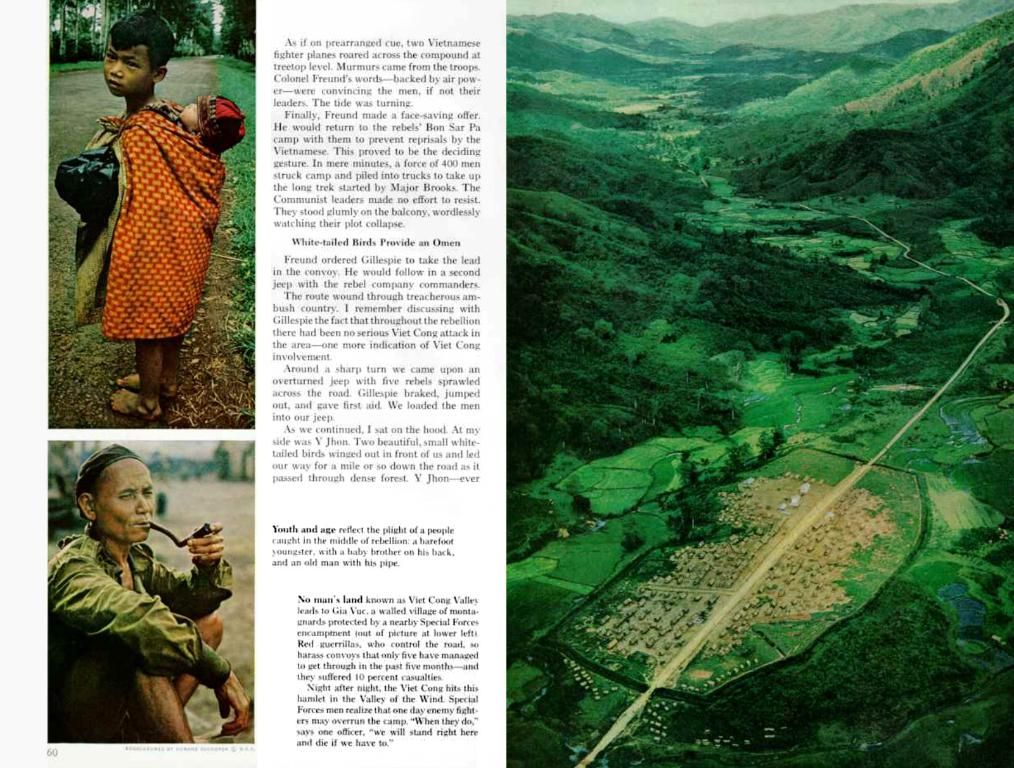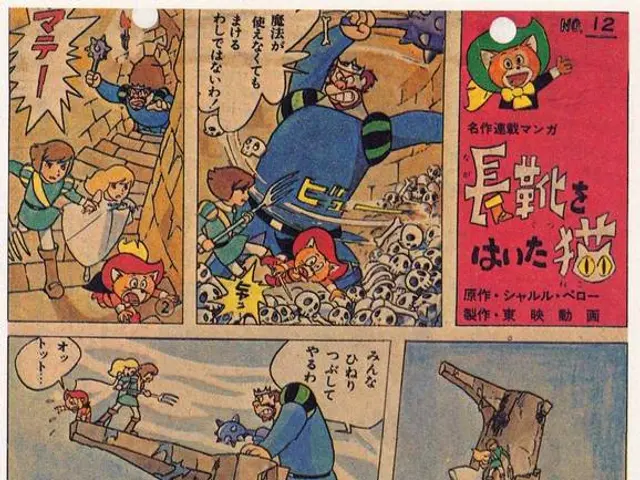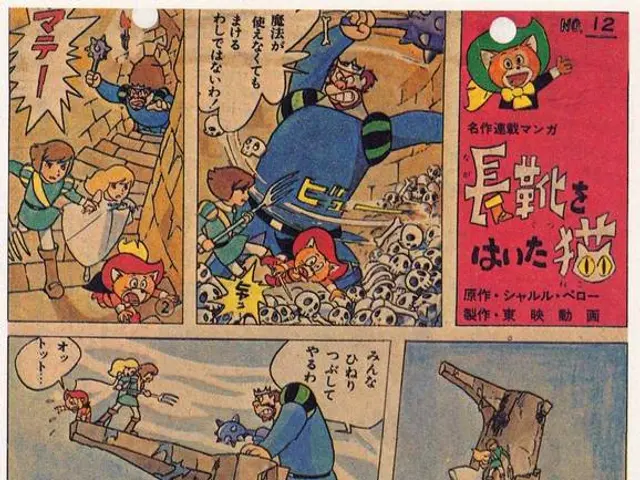Restoring the Noble History of Pearl Harbor on National Public Lands Conservation Day
In the heart of Pearl Harbor on the island of Oahu, the majestic waters of Wai Momi — or "pearl waters" — have long been cherished, not for the devastating events that the name might evoke, but for their history steeped in peace and prosperity. Over centuries, the native Hawaiians constructed fishponds along the shoreline, harnessing the natural beauty of this lagoon to sustain their communities and foster a deep bond with the land.
Unfortunately, the arrival of Western cultures in the late 1800s brought about the decline of these ancestral fishponds, due to colonization, invasive species, neglect, and natural disasters. Today, only three remain standing — and thanks to an innovative project backed by the National Environmental Education Foundation (NEEF) and the Department of Defense (DoD) Legacy Resource Management Program (Legacy Program), they're poised to inspire a new generation of guardians.
Hidden in plain sight, the six-acre fishpond of Loko I’a Pā'aiau — the royal fishpond of Queen Kalanimanu'ia who ruled over Oahu during the 15th century — was rediscovered in 2014 by Jeffrey Pantaleo, an archaeologist with the Naval Facilities Engineering Systems Command at Joint Base Pearl Harbor-Hickam. In a stroke of serendipity, this revelation marked the beginning of a unique journey to restore the pond and forge a deeper connection between the military community and the island residents.
Jeffrey's mission was far more than just environmental restoration. Recognizing the strained relationship between the military and native Hawaiians, he saw this project as an opportunity to bridge those gaps, bringing people together through the preservation of their shared cultural and natural resources.
Beginning in 2015, Jeffrey applied for annual funding from the Legacy Program to restore the fishpond during National Public Lands Day, the nation's largest single-day volunteer effort for public lands. Armed with this support, he collaborated with local community members to bring the fishpond back to its former glory and to build relationships beyond the base's walls.
This community-led restoration project transcended simple environmental work, offering a transformative experience for all involved. From the native Hawaiians who shared the spiritual significance of the fishpond to the military service members who experienced the healing power of cultural connection, this initiative has touched lives in ways that go beyond the tangible.
But it wasn't always smooth sailing. Challenges emerged, such as educating local leaders about the proper attire for work, and convincing stoic military personnel to leave their uniforms behind for one day of service. Over time, however, these hurdles were overcome, and a sense of unity grew between the military and island communities.
At every event, volunteers gather to clean up the fishpond and the surrounding area, remove invasive species, repair the traditional stone walls, and replant native plants with healing properties. With continuous work, the fishpond has begun to heal, and endangered species — such as the Hawaiian stilt — have returned to the area.
Loko I'a Pā'aiau stands today as a testament to the power of community, collaboration, and shared values. It serves as a sanctuary for those seeking a connection with nature, a cultural treasure for native Hawaiians, and a symbol of what harmony can look like when sharply divided communities come together.
The ongoing support from NEEF and DoD has been instrumental in the success of this pioneering project. In 2023, a historic Memorandum of Understanding was signed between the US Navy and native Hawaiian communities, promising to preserve Loko I'a Pā'aiau for generations to come. For Jeffrey Pantaleo, this marks the beginning of a lifelong friendship between the military and native Hawaiian communities, a friendship that transcends partnerships and endures through the bonds of shared purpose.
So whether you're a military family, a native Hawaiian, or simply someone looking to give back to your community, consider joining the ongoing revival of Loko I'a Pā'aiau. Join us in restoring the soul of the island, and witness the magic that unfolds when diverse communities come together to protect and celebrate their shared heritage.
*More information about National Public Lands Day, including how to volunteer or find local events, can be found at NEEFusa.org/NPLD.*
**Fun Fact:** Did you know that, because of this project, native Hawaiians who live on base have made their learning activities focused around Loko I'a Pā'aiau a permanent part of their children's homeschooling curriculum, using the principles of place-based education? They aim to reinforce the reciprocal relationship between ecological and human health and well-being, ensuring that future generations understand the importance of preserving their island's unique culture and natural resources.
**Cultural Importance:** The practice of constructing fishponds, or loko i‘a, has been a vital part of Hawaiian aquaculture for over 1,000 years and reflects the deep relationship between the Hawaiian people and their environment. These ancient structures are true marvels of pre-contact Hawaiian engineering, and their survival today gives us a glimpse into the ingenuity and sustainable practices of the first Hawaiians.
**Historic Connection:** Loko I’a Pā'aiau was specifically chosen as a site of focus for National Public Lands Day because of its historical significance, both as a royal fishpond and as a symbol of chiefly authority. Fishponds like these were constructed using locally sourced materials and traditional building techniques, demonstrating the Hawaiian people's intimate connection with their environment and community.
**Restoration Successes:** Over the span of five years, substantial progress has been made in restoring Loko I'a Pā'aiau. After clearing away invasive mangroves, fish and other wildlife have returned to the area, and endangered species such as the Hawaiian stilt are now regular visitors. The pond's stone walls have been repaired, and native plants with healing properties have been replanted, ensuring the fishpond's continued resilience.
**Continued Collaboration:** In addition to annual volunteer events and weekly cleanups, Jeffrey Pantaleo and his partners are working closely with native Hawaiian experts to ensure that all restoration efforts are culturally sensitive and informed by long-standing traditional practices. This includes the reconstruction of a traditional Hawaiian house on the property and the creation of a religious altar, both built using traditional techniques and materials. The house serves as a gathering place for the community and as a sanctuary for peace, healing, and renewal.
**Community Engagement:** Local schools, community groups, and public officials have been actively involved in the restoration of Loko I'a Pā'aiau. This includes homeschooling families who have made their children's learning experiences centered around the fishpond, reinforcing the importance of place-based education and the reciprocal relationship between ecological and human health.
**Beyond Restoration:** The restoration of Loko I'a Pā'aiau is about more than just repairing a historical site. It's about rebuilding the social fabric of the community, fostering understanding and cooperation between the military and native Hawaiian communities, and preserving the legacy of the ancient Hawaiians for future generations. By working side by side in the spirit of mutual respect and shared purpose, we can create a brighter future for our islands and our world.
- The rediscovered fishpond of Loko I’a Pā'aiau, with community support from projects like the National Environmental Education Foundation (NEEF) and the Department of Defense (DoD), seeks to inspire a new generation of guardians, bridging gaps between the military and native Hawaiian communities.
- Annually funded by the Legacy Program, community members and archaeologist Jeffrey Pantaleo, who discovered the six-acre fishpond in 2014, work together to restore the fishpond and build relationships beyond the base's walls, transcending environmental restoration.
- Learning activities for native Hawaiians living on base have become a permanent part of their children's homeschooling curriculum, focusing on the cultural significance of Loko I’a Pā'aiau and the principles of place-based education, reinforcing the reciprocal relationship between ecological and human health.
- Challenges have emerged throughout the restoration process, such as educating local leaders about proper attire for work and convincing stoic military personnel to leave their uniforms behind for a day of service, but these hurdles have been overcome, fostering a sense of unity between military and island communities.
- Loko I’a Pā'aiau stands today as a symbol of cooperation, showcasing the healing power of cultural connection and serving as a sanctuary for nature and cultural preservation.
- The continued collaboration between Jeffrey Pantaleo and native Hawaiian experts ensures all restoration efforts are culturally sensitive and informed by traditional practices, fostering understanding and cooperation between diverse communities, and preserving the legacy of the ancient Hawaiians for future generations.





